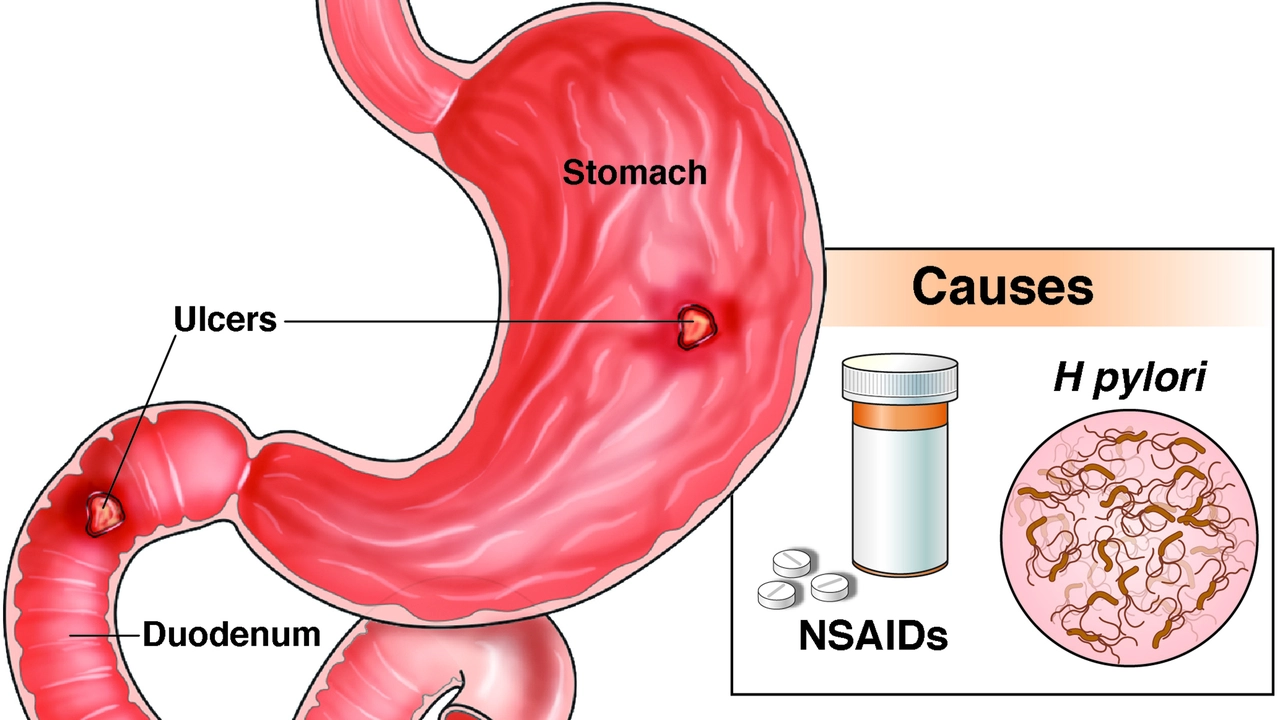Early diagnosis: spot problems sooner and act fast
Finding a disease early changes what treatment looks like. You usually get simpler options, fewer complications, and a better chance of recovery. This page gives practical steps you can use now — what to watch for, which tests are common, and how to push for answers without feeling overwhelmed.
When to worry and what to watch for
Not every ache means something serious, but some signals need attention. See a doctor if you notice: unexplained weight loss, a new lump you can feel, blood in stool or urine, persistent cough for more than 3 weeks, new or worsening breathlessness, sudden vision changes, or ongoing high fevers. Also pay attention to mental changes like new, lasting mood swings or confusion.
If you have risk factors — family history of cancer, diabetes, heart disease, heavy smoking, or autoimmune conditions — listen closer. Small changes matter more when your risk is higher. Keep a short daily note of symptoms for a week or two; specific examples help your clinician make quicker decisions (date, what happened, how long, what made it better or worse).
How to get screened and talk to your doctor
Screening tests exist to catch problems before symptoms show. Common ones include blood pressure checks, cholesterol tests, fasting blood sugar or HbA1c for diabetes risk, colon cancer screening (start around age 45 in many places), cervical screening (Pap/HPV), and mammograms based on personal risk and local guidelines. Eye exams and dental checks also pick up early signs of disease.
Before an appointment, list your top 3 concerns and any family history. Ask clear questions: "What tests do you recommend for my age and risk?" "What would a worrying result mean?" and "How quickly will I get results and next steps?" Ask for copies of tests or direct electronic access so you can follow up if you don’t hear back.
If your clinician downplays a symptom and you’re still uneasy, get a second opinion or ask for a referral. Use telemedicine for quick follow-ups but insist on in-person exams or imaging when needed. For prescribed meds after diagnosis, use reputable pharmacies or your local pharmacy — only get prescription drugs from trusted sources and keep a record of what you take.
Keep simple records: date of checks, test names, results, and any referrals. That helps spot trends and speeds future visits. Early diagnosis isn’t magic — it’s routine checks, noticing changes, and asking the right questions. Do that, and you make better choices for treatment and recovery.
The Importance of Early Diagnosis and Treatment for Stomach Ulcers
Hey, folks! So, I've been reading up on stomach ulcers and boy, it's a whole new world in there! Early diagnosis and treatment of these pesky ulcers are like the superheroes of the gut world, swooping in just in time to save the day. With a quick diagnosis, we can jump right into treatment and wave goodbye to those bellyaches, nausea, and heartburn. Plus, we can avoid complications that sound like plot twists in a horror movie - think bleeding ulcers and perforations. So, let's not be shy, folks, let's get those tummies checked and keep the ulcer monsters at bay!
View More
